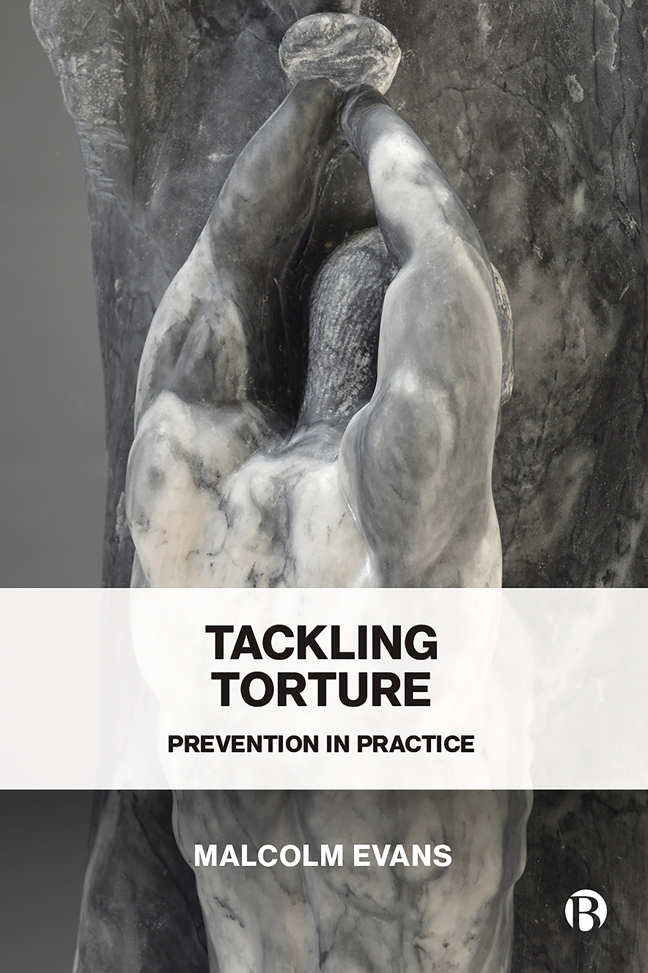4 - What the Optional Protocol to the United Nations Convention against Torture Requires
Published online by Cambridge University Press: 24 January 2024
Summary
Introduction
For all my talk of simplicity, the Optional Protocol to the United Nations Convention against Torture (OPCAT) is a rather complex text. It is unlike all other UN human rights treaties, and it is not surprising therefore that some in the human rights world have found it difficult to work out quite what it means in practice. Indeed, as someone who has worked as closely as it is possible to work with the OPCAT system for very many years, I must admit to not really understanding what some of it means in practice myself. But there are good reasons for this.
As we saw in the previous chapter, the compromise text proposed by the Chair of the Working Group early in 2001 was adopted by the General Assembly at the end of 2022 basically unchanged. In many ways, that text was, however, still a ‘work in progress’. While it offered a way forward on most of the major, structural elements – the international and national visiting mechanisms and the relationship between international and national visiting, for example – there were many other issues which would have benefitted from further thought or clarification. The drafters were aware of this, but at the time it seemed more important to settle the major issues of principle than continue to debate the finer points of detail, and doubtless this was entirely correct. However, it does mean that there are some matters which could have been made clearer, and others which are something of a problem. More positively, the open-textured nature of some of the key provisions has allowed room for some real creativity which has greatly enhanced the effectiveness of the OPCAT system.
This chapter is not intended to be a legal ‘commentary’ on the text – this has been done by others (Nowak et al, 2019). Rather, it focuses on some of the key elements of the OPCAT framework and how they have come to be understood in practice. The text of the OPCAT is divided into seven separate parts. Part I sets out the general principles of the system (Articles 1– 4), while Parts II (Articles 5– 10) and III (Articles 11– 16) concern the establishment and mandate of the UN Subcommittee on Prevention of Torture (SPT). Part IV (Articles 17– 23) concerns the work and mandate of the National Preventive Mechanisms (NPMs), while the remainder address various crosscutting matters.
- Type
- Chapter
- Information
- Tackling TorturePrevention in Practice, pp. 65 - 83Publisher: Bristol University PressPrint publication year: 2023



